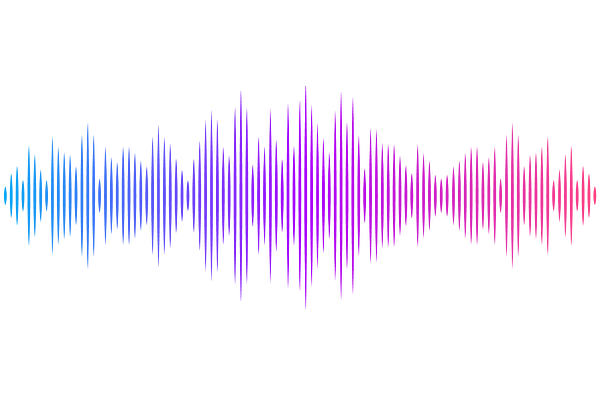XXII. Accurate stellar velocity dispersions of the SL2S lens sample and the lensing mass fundamental plane

XXII. Accurate stellar velocity dispersions of the SL2S lens sample and the lensing mass fundamental plane
Pritom Mozumdar, Shawn Knabel, Tommaso Treu, Alessandro Sonnenfeld, Anowar J. Shajib, Michele Cappellari, Carlo Nipoti
AbstractWe reanalyze spectra taken as part of the SL2S lens galaxy survey, with the goal to obtain stellar velocity dispersion with precision and accuracy sufficient for time-delay cosmography. In order to achieve this goal, we impose stringent cuts on signal-to-noise ratio (SNR), and employ recently developed methods to mitigate and quantify residual systematic errors due to template libraries and fitting process. We also quantify the covariance across the sample. For galaxies with spectra with SNR > 20/{\AA}, our new measurements have average random uncertainty of 3-4%, average systematic uncertainty of 2%, and covariance across the sample of 1%. We find negligible covariance between spectra taken with different instruments. The systematic uncertainty and covariance need to be included when the sample is used as an external dataset in time-delay cosmography. We revisit empirical scaling relations of lens galaxies based on the improved kinematics. We show that the SLS2 sample, the TDCOSMO time-delay lens sample, and the lower redshift SLACS sample follow the same correlation between effective radius, stellar velocity dispersion and lensing mass, known as the lensing mass fundamental plane, as that derived by Auger et al. (2010) assuming isothermal mass profiles for the deflectors. We also derive for the first time the lensing mass fundamental plane assuming free power-law mass density profiles, and show that the three samples also follow the same correlation. This is consistent with a scenario in which massive galaxies evolve by growing their radii and mass, but staying within the plane.